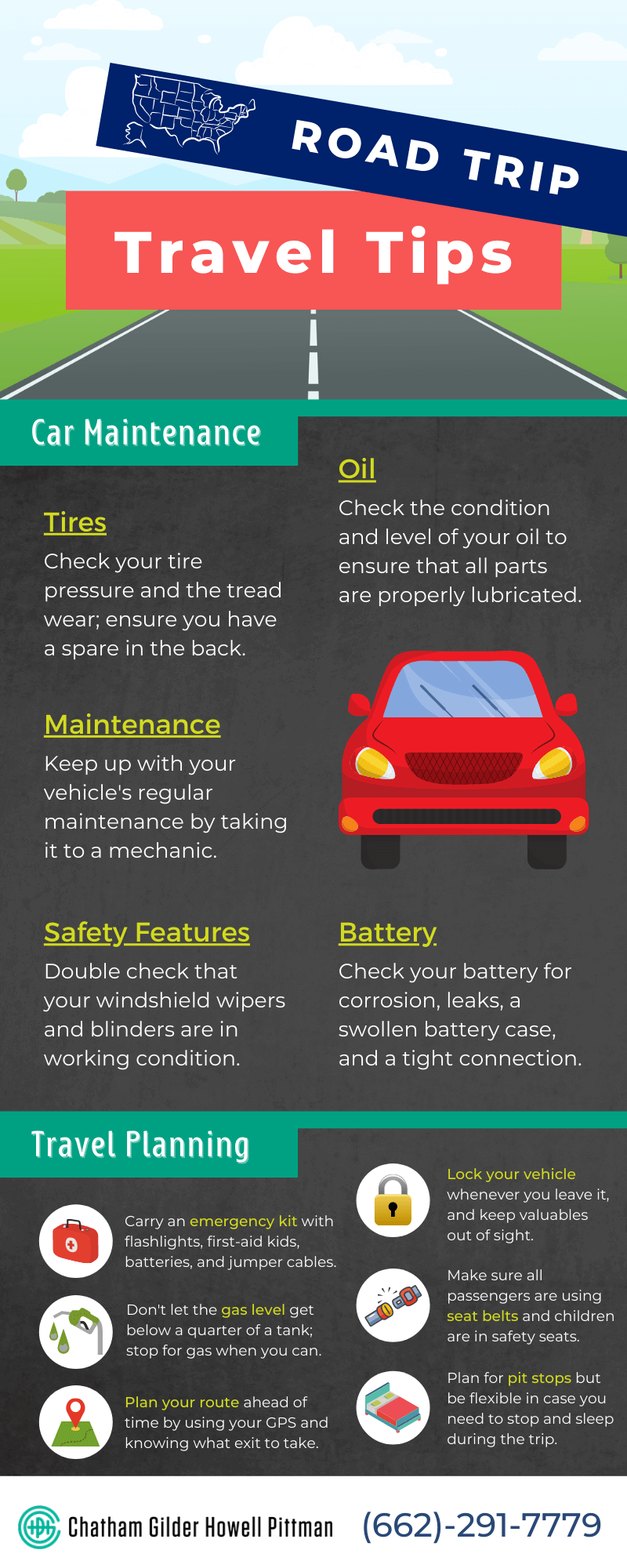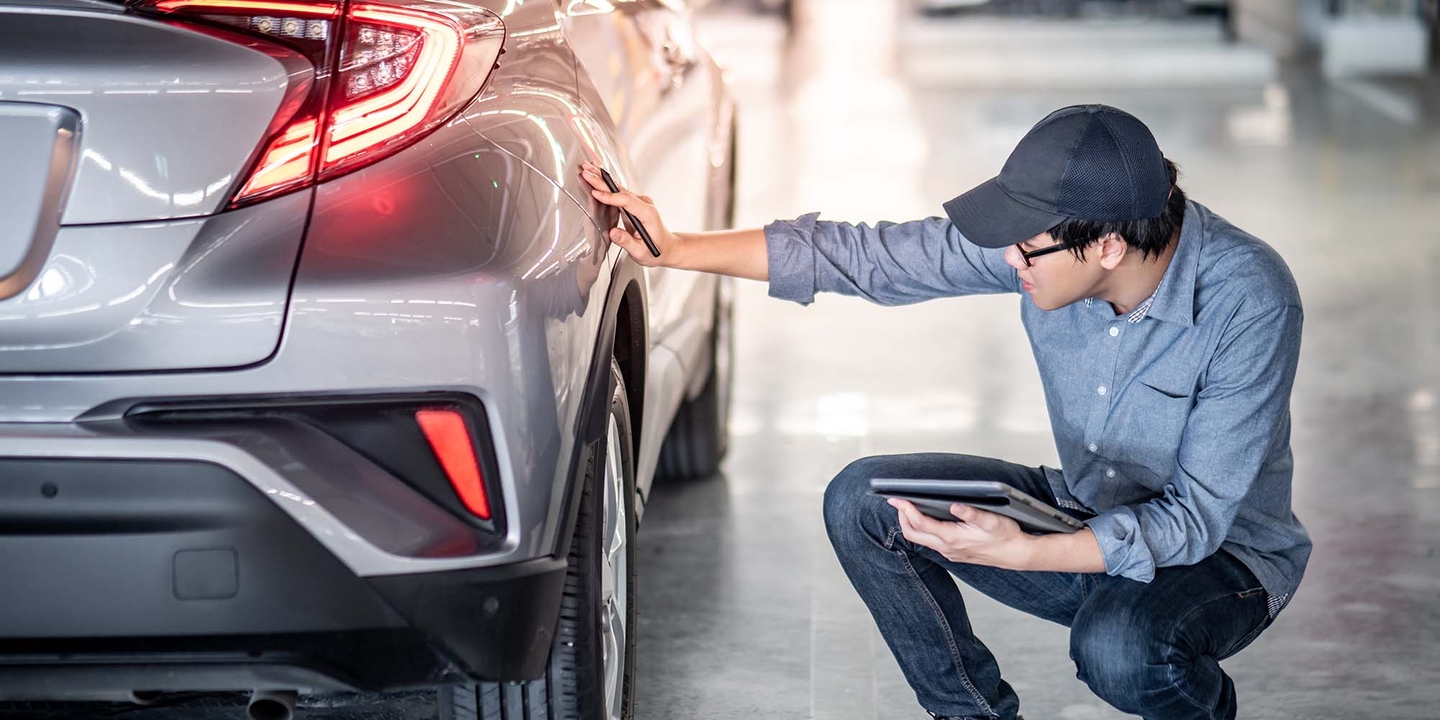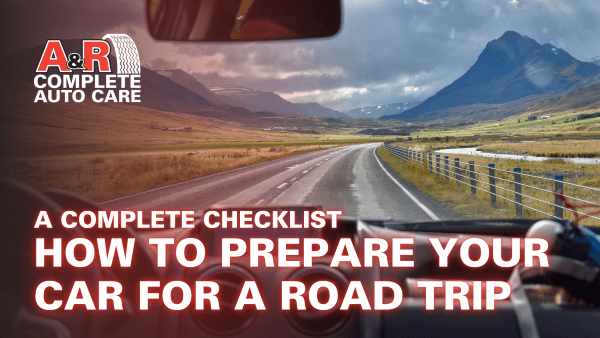Planning a fall road trip? Before you hit the road, make sure your car is ready for the changing weather and longer drives.
A little preparation can save you from unexpected troubles and keep your trip smooth and safe. In this guide, you’ll discover simple steps to get your car fall-ready. Keep reading to learn how to protect your vehicle, stay comfortable, and enjoy every mile of your adventure.
Don’t let car troubles ruin your plans—prepare smart and drive confident this fall!
Check Tire Condition
Checking your tire condition is a key step before any fall road trip. Tires affect your car’s safety and performance. Good tires help you drive smoothly on wet or dry roads. They also reduce the risk of accidents. Spend some time to check your tires carefully. This small effort can prevent big problems on the road.
Inspect Tread Depth
Look at the tire tread to see how much is left. Tread helps water move away from the tire. Less tread means less grip on wet roads. Use a tread depth gauge or a coin to check. Replace tires if the tread is too low. Safe tread depth keeps your car steady and safe.
Adjust Tire Pressure
Check the tire pressure with a gauge. Tires lose air over time, especially in cold weather. Correct pressure helps your car handle better. It also improves fuel efficiency. Inflate tires to the pressure number in your car’s manual. Do this before every long trip for better safety.
Consider All-season Tires
All-season tires work well in different weather conditions. They provide good traction on dry, wet, and light snowy roads. These tires are a smart choice for fall trips. They offer a balance between performance and safety. Think about changing to all-season tires if you use summer tires now.
Test Battery Health
Testing your car’s battery health is a key step before a fall road trip. Cold weather can strain your battery and cause starting problems. Checking the battery now helps avoid roadside troubles later. It ensures your car will start smoothly and keep running.
Look For Corrosion
Examine the battery terminals closely. Corrosion looks like a white or blue powder around the connections. This buildup blocks the flow of electricity. Clean the corrosion gently with a mixture of baking soda and water. Use a brush or cloth for cleaning. After cleaning, check if the connections are tight. Loose or dirty terminals can cause starting issues.
Check Voltage Levels
Use a multimeter to check the battery voltage. A healthy battery should read around 12.6 volts when the car is off. If the reading is below 12.4 volts, the battery may be weak. Test the voltage again with the engine running. It should read between 13.7 and 14.7 volts. This shows the alternator is charging the battery properly.
Replace Fluids
Preparing your car for a fall road trip means checking all the fluids. Fluids keep your engine cool, clean, and running smoothly. Old or low fluids can cause problems on the road. Taking time to replace or top off fluids helps avoid breakdowns and keeps your trip safe.
Change Engine Oil
Engine oil lubricates moving parts inside the engine. Over time, oil gets dirty and loses its power. Change the oil before your trip to protect the engine. Fresh oil helps the engine run cooler and last longer. Check your car’s manual for the right oil type and change interval.
Top Off Coolant
Coolant prevents the engine from overheating or freezing. It works well in cold and warm weather. Check the coolant level and add more if needed. Use the correct mixture of antifreeze and water. Proper coolant levels keep the engine safe during long drives.
Refill Windshield Washer Fluid
Clear visibility is crucial, especially in fall weather. Rain, fog, and dirt can block your view. Fill the windshield washer reservoir with fluid. Use a fluid that works in cold temperatures. Clean windows help you see the road and drive safely.
Inspect Brakes
Brakes are one of the most important parts of your car for a safe fall road trip. Checking them before you leave helps avoid surprises on the road. Good brakes keep you in control, especially on wet or slippery roads common in autumn.
Check Brake Pads
Brake pads wear down with use and need regular checks. Thin or worn pads reduce braking power. Look through the wheels to see the pads. They should be at least a quarter inch thick. If they look thinner, get them replaced. Listen for squeaking sounds when braking. That noise often means pads need attention. Changing brake pads before a trip keeps stopping smooth and safe.
Test Brake Fluid
Brake fluid helps your brakes work properly. Low or dirty fluid can cause brake failure. Check the fluid level in the brake fluid reservoir. It should be between the “min” and “max” marks. The fluid should look clear or light yellow. Dark or cloudy fluid means it needs to be changed. Testing brake fluid ensures your brakes respond quickly. Proper fluid means safer stops during your trip.
Examine Lights And Signals
Checking your car’s lights and signals is key before a fall road trip. Shorter days and foggy mornings need clear, working lights for safe driving. Proper lighting helps you see the road and lets others notice your car easily.
Spend time inspecting every light. This prevents unexpected problems on the road. Bright, functioning lights lower the risk of accidents and fines.
Test Headlights And Taillights
Turn on your headlights and taillights in a dark area. Walk around the car and check if all lights shine bright. Look for dim or flickering bulbs. Both low and high beams must work well.
Don’t forget to check taillights and brake lights. Press the brake pedal and see if the lights glow red. Signals and hazard lights need testing too. Make sure they blink clearly and at the right speed.
Replace Faulty Bulbs
Any bulb that does not light up needs replacement. Use the right type of bulb for your car model. Old bulbs can burn out quickly, so swap them before the trip.
Handle bulbs with care. Avoid touching the glass part with bare hands. Dirty bulbs may burn faster. Keep a set of spare bulbs in your car for emergencies.

Credit: www.thelawyersthatlisten.com
Prepare Emergency Kit
Preparing an emergency kit is a smart step before any fall road trip. Weather can change fast. Roads might get slippery. Having the right supplies can keep you safe and comfortable. Pack items that help in cold weather and unexpected situations. A good kit can make a big difference during delays or car troubles.
Focus on warmth, basic repairs, and essential supplies. This kit should be easy to reach in your car. Check it before each trip. Replace used or expired items. This way, you stay ready for any surprise on the road.
Pack Warm Blankets And Clothing
Bring thick blankets to stay warm if the car breaks down. Wool or fleece blankets work best. Include extra hats, gloves, and socks. Layered clothes help keep body heat. Choose items that dry quickly and keep you cozy. Warm clothes protect you from cold and wind outside the car. These simple items can prevent hypothermia in cold weather.
Include Basic Tools And Supplies
Carry basic tools like a flashlight with extra batteries. A tire pressure gauge and jumper cables are useful too. Keep a small first aid kit for minor injuries. Pack a multi-tool or pocket knife for quick fixes. Include non-perishable snacks and bottled water. These supplies support you until help arrives. Check and update your kit regularly for safety.
Plan Your Route
Planning your route is a key step for a smooth fall road trip. It helps avoid surprises and ensures a safe journey. Mapping out your path ahead lets you prepare for road conditions and stops along the way. This way, you stay comfortable and enjoy the trip without stress.
Check Weather Forecasts
Check the weather for your entire route before you leave. Fall weather can change fast. Rain, fog, or early snow might appear. Knowing the forecast helps you dress right and pack necessary supplies. It also helps you decide if you need extra time for driving. Stay alert to weather updates during your trip for safety.
Identify Rest Stops
Plan where to take breaks along the way. Rest stops help you stretch and refresh. Find safe places with restrooms and food options. Taking breaks reduces fatigue and keeps you focused on the road. Choose stops near scenic spots to enjoy fall views. Mark these stops on your map or GPS for easy access.

Credit: lifelanes.progressive.com
Clean And Organize
Preparing your car for a fall road trip means more than just checking the engine. Cleaning and organizing your vehicle makes the trip safer and more comfortable. A clean car helps you see better and feel relaxed. Organizing your space lets you find things fast. Here is how to do it well.
Wash Exterior And Windows
Start by washing your car’s outside. Dirt and grime build up during the year. They can block your lights and mirrors. Clean windows let in more light and improve your view. Use a good soap and a soft cloth. Rinse well to avoid streaks. Don’t forget the headlights and taillights. Clean lights help other drivers see you better on dark fall days.
Clear Out Interior Clutter
Remove all trash and old items from inside your car. Clutter can distract you while driving. It also takes up space for important things. Organize your glove box and center console. Keep only what you need for the trip. Store maps, chargers, and snacks neatly. A tidy car feels calm and ready for the road.

Credit: www.arcompleteauto.com
Frequently Asked Questions
How Do I Check My Car’s Tire Condition For Fall Trips?
Inspect tire tread depth and look for cracks or bulges. Ensure tires are properly inflated to the recommended pressure. Good tires improve safety and fuel efficiency during fall road trips.
What Essential Fluids Should I Check Before A Fall Road Trip?
Check engine oil, coolant, brake fluid, and windshield washer fluid levels. Top them off or replace if needed. Proper fluid levels keep your car running smoothly and prevent breakdowns.
Why Is Battery Maintenance Important Before A Fall Trip?
Cold weather can reduce battery performance. Check battery terminals for corrosion and ensure a full charge. A healthy battery prevents unexpected starting issues on your trip.
How Can I Prepare My Car’s Heating System For Fall?
Test the heater and defroster to ensure they work well. Clear air vents and replace cabin air filters if dirty. A functional heating system keeps you comfortable and safe in cooler temperatures.
Conclusion
Preparing your car well ensures a safe and fun fall road trip. Check tires, fluids, lights, and brakes before you go. Pack emergency supplies for unexpected situations. Clean your windows and mirrors for clear views. Take time to plan your route and rest stops.
A well-maintained car helps avoid trouble on the road. Enjoy the colorful fall scenery without worries. Stay alert and drive carefully. Your trip will be more relaxing and enjoyable. Ready for the road? Safe travels!
Disclosure: As an Amazon Associate, I may earn from qualifying purchases at no extra cost to you. Amazon and the Amazon logo are trademarks of Amazon.com, Inc, or its affiliates.

I am Sadman, the founder of CarSensorHub.com, where I share my passion for cars and technology. I specialize in writing detailed reviews and helpful guides on car gadgets, accessories, safety tools and many more. My mission is to help car owners discover the best products and tips to improve their driving experience and stay safe on the road.


